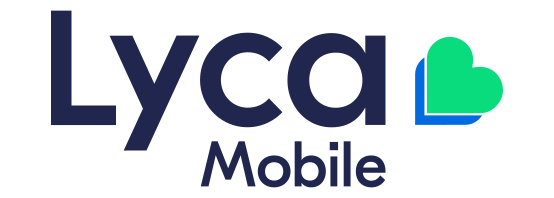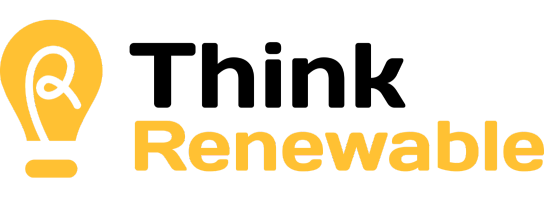Bridging the Renewable Energy Talent Gap: Why Recruitment Partners Are Essential
Australia's renewable energy sector is experiencing phenomenal growth, driven by ambitious national targets, a supportive regulatory environment, and increasing investor confidence. Of course, this surge means there’s a critical need for skilled personnel with niche experience, from engineers and technicians to project managers and specialists.
While finding the right talent is crucial for any industry, the specific challenges within the renewable energy sector require a strategic approach to recruitment. That’s why partnering with a specialist recruitment agency can be the key to propelling your company towards a successful future.
The Evolving Landscape of Renewable Energy Recruitment
Across the globe, renewable energy initiatives have been gaining momentum, with the International Renewable Energy Agency (IRENA) reporting 11.5 million hires in the sector in 2019 alone.
As you can imagine, the renewable energy sector in Australia is also experiencing rapid growth. New technologies are emerging, project life cycles are becoming shorter, and the demand for niche skill sets is constantly growing.
Candidates with these particular skills are in the enviable position of being selective about the jobs they take, resulting in fierce competition among businesses hiring in the renewable energy sector.
So how can your renewable energy company stand out to top talent?
The Missing Piece: The Role of a Recruitment Agency
Partnering with a specialised recruitment agency that has experience sourcing candidates for renewable energy jobs in Australia helps you unlock a multitude of benefits that can put your business front and centre.
Targeted Sourcing
Recruitment agencies understand the unique skills and competencies required for jobs in many different sectors. They can tap into their extensive networks to find candidates who not only possess the necessary technical expertise for a job in the renewable energy sector, but are also aligned with the industry's mission-driven ethos.
Enhanced Industry Knowledge
It’s part of a recruiter’s job to stay informed about any trends, technologies, and regulatory changes in a given industry. This deep understanding allows them to effectively communicate the sector's potential to prospective candidates, highlighting opportunities for innovation, impact, and career growth.
Streamlined Hiring Process
As you’re likely aware, hiring in the renewable energy sector can be a complex and time-consuming process. A recruitment partner can streamline this process, reducing the time-to-hire and ensuring that companies can swiftly onboard talent to keep up with your project timelines.
Full-Service Recruitment
Recruitment agencies do the heavy lifting for you when it comes to finding the perfect candidate. By managing job postings, screening candidates, and conducting preliminary interviews, recruitment partners free up companies to focus on their core mission—advancing Australia's renewable energy capabilities.
Access to Passive Candidates
One of the most significant advantages of partnering with a recruitment specialist is access to passive candidates. These are professionals who are not actively seeking new opportunities but are open to making a move for the right role. According to a LinkedIn survey, 90% of professionals around the world are open to hearing from a recruiter about available jobs in their field—even if they’re already in a full time role.
Mitigate Hiring Risks
Hiring the wrong candidate can sometimes be a very costly mistake. Recruitment partners mitigate this risk through rigorous vetting processes, including background checks and tailored assessment methods. By ensuring a high degree of fit between the candidate and the role, recruitment partners help renewable energy companies build resilient and high-performing teams.
Choosing the Right Recruitment Partner
A good recruitment partner goes beyond simply filling open positions. They become a valuable strategic partner in building a sustainable and future-proof workforce for your renewable energy company. When looking for the most suitable recruitment partner, there are several important factors you’ll want to consider.
Industry Expertise: Look for a partner with a proven track record of success in the renewable energy sector and a deep understanding of the specific skill sets required.
Network and Reach: The agency should have a broad network of contacts within the renewable energy industry in Australia and utilise various sourcing strategies to identify top talent.
Cultural Fit: Choose a partner who aligns with your company culture and values. This will help to ensure a collaborative and successful working relationship.
Here at WOW Recruitment, we recruit for the future. That means understanding the long-term goals of our candidates and clients so that we can inspire everyone to achieve lasting success.
With the world of employment in the renewable energy sector constantly changing, we know it can be a challenge for businesses to keep up. That’s why our candidates and clients rely on us to put our expertise to the test—and deliver!
Our high-level research, in-depth process and instinct for recruitment means we’re equipped to take on even the toughest of briefs. Take a look below at how the team at our Sydney recruitment agency helped prominent solar energy company, Think Renewable, build their fantastic team.
Real Life Recruitment: Think Renewable
Think Renewable approached us when it became clear they were having trouble hiring the right people for the roles they had available. Because of the ever-increasing growth of the renewable energy sector, they needed urgent support to keep up with demand.
Think’s priority was to find people who had the skills and expertise but also the passion for the industry. They needed people who were innovative and efficient, customer-focused, knowledgeable, and committed to a sustainable future.
Because we're a specialist recruitment agency that doesn’t shy away from a challenge, we made quick work of finding the perfect candidates for Think Renewable. We leveraged our industry network to source candidates with specialised skills and experience.
Aside from just assessing someone’s skills on paper, our expert recruitment team also made sure that the candidates we put forward for consideration were genuinely excited about the company and the role. We selected candidates who were invested in the company’s mission of a greener future and assessed them on their willingness to go the extra mile to see Think’s vision come to life.
We placed candidates in each and every role that Think had available, building on their existing team of passionate and skilled employees. From customer service officers to sales associates, we were able to help Think expand faster than they ever thought possible.
“Partnering with WOW Recruitment has been one of the best things we’ve done to ensure our customers get the service and expertise they deserve. Through working with WOW, we’ve been able to scale our operations and position our passionate team as leaders in the renewable energy sector.”
If you’d like to know more about how WOW can help you on your hunt for your next renewable energy superstar, get in touch with us today.
















